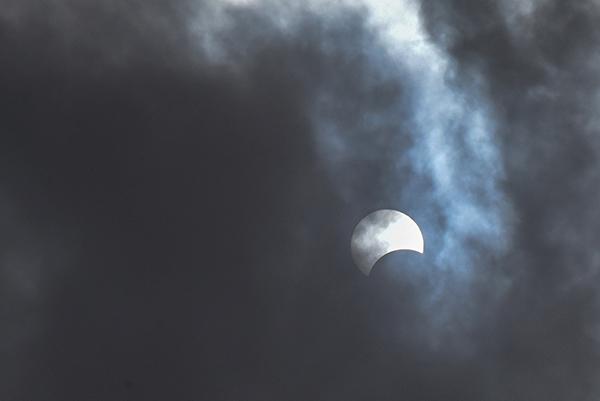Photographer Kevin Zini captured this image near the Forbes Location in Iron River at 1:29 p.m. on April 8, during the first total solar eclipse in North America since 2017. The next one will not occur until 2044. The photo was captured on a Nikon D750; no filter applied.
By Allison Joy
IRON RIVER – A Great North American Eclipse – moving across Mexico, Canada and the U.S. – occurred on April 8.
Also known as a “total solar eclipse”, the event occurs when the moon passes between the sun and earth. The sky darkens as if dawn or dusk, as the moon completely blocks the face of the sun.
Not all geographic locations see the sun completely blocked out. Those that do are said to be in the “path of totality.”
The path of totality for the 2024 total eclipse was 115 miles wide and 10,000 miles long. In the U.S., it covered parts of Texas, Oklahoma, Arkansas, Missouri, Illinois, Kentucky, Tennessee, (Lower) Michigan, Indiana, Ohio, Pennsylvania, New York, Vermont, New Hampshire and Maine.
The eclipse was visible in the Upper Peninsula starting just before 1 p.m. on April 8 with peak totality occurring around 3:30. It was already a gloomy day with low visibility for the eclipse in the U.P. Yet, Iron County Reporter contributing photographer Kevin Zini was in Iron River with his dog Riley when the clouds parted. He was able to capture the above image at 1:29 p.m.
The next total solar eclipse visible in the U.S. will occur in 2044.


